bugs (Page 3)
Home-made “bombs” aren’t lethal, let you swap insect invaders for a pleasant smell.
A shrine in Ibaraki Prefecture, Japan shows consideration for all of its patrons, from the humans to the bees!
A bug enthusiast’s dream and your average person’s worst nightmare, this rare titan beetle discovery has set Japanese Twitter abuzz.
Tired of sushi standbys like tuna and salmon? An annual event in Tokyo recently served up mealworm nigiri and black wasp gunkan, plus a host of other bug-based foods and drinks.
Sono & Sons is a building maintenance company that also specializes in pest control. Their SEARCH (We Safeguard our Environment with Alpha Roach Control Helper) system promises to leave any roach intruding on the sanctity of your home dead as Dillinger.
Despite their cold efficiency as slaughtering cockroaches, Sono & Sons also owe them a debt of gratitude. After all, roaches played a large role in building the company. So out of respect, they commissioned a memorial statue for all the cockroaches who have succumbed to their poisons and filled the company’s bank account as a result. They spared no expense either because everyone online is agreeing that it’s one cool statue.
Some things are inseparable from a Japanese summer: fireworks festivals, face-melting heat and humidity, young men and women awkwardly courting in yukata, and of course the deafening roar of cicadas. Here, the vociferous critters just provide the soundtrack to summer, but did you know that in some places, they are on the summer menu too?
Our intrepid Japanese reporter Ponkotsu did and he sent off to the cicada-producing center of Lishui in China’s Zhejiang Province for a bag of bugs to taste test.
There’s no need to use toxic substances to kill off unwanted insects in Japan, because there’s a much more eco-friendly method they’ve been using for hundreds of years. Although it may not be scientifically proven, many people feel this is still the best way to get rid of everything from garden aphids to mosquitoes. And if the method has endured for centuries, it must be at least somewhat effective right?
This uniquely Japanese insect repellent is far cheaper than commercial insecticides, easier to implement, and you only have to use it once a year in spring or early summer. And the best part? It involves Japanese sake!
What’s the secret? We’ll let you know after the jump.
Humidity-loving bugs are just as much a part of a Japanese summer as fireworks festivals and barley tea. Dealing with the creepy crawly intruders in your home isn’t always easy, though, especially if you’ve got an aversion to touching them. Sure, you can use bug spray instead of doing the dirty work of squashing them yourself, but you’ll still have to use your hands to pick up the carcass and dispose of it after the poison takes effect.
Luckily, though, your options aren’t entirely limited to sharing your living space with bugs or touching them, in the form of this bug-sucking vacuum gun.
The best advances in technology aren’t always digital. I know summers have become much more tolerable since countries like the U.S. and Japan started upping their mosquito repellant game. And since mosquitos are something we can all agree are annoying no matter where you go, it’s not particularly surprising to hear other countries like China have started arming themselves with imported repellants to fight off these pesky blood-suckers.
But what is surprising is that, according to recent headlines, buyers of imported mosquito repellants on China’s Taobao Marketplace say that these repellants are no match for Chinese mosquitoes! So we have to wonder, what exactly makes these Chinese mosquitoes so tough?!
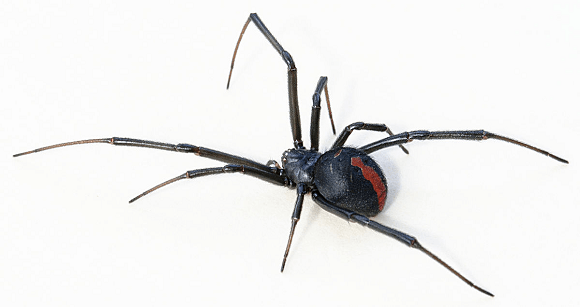
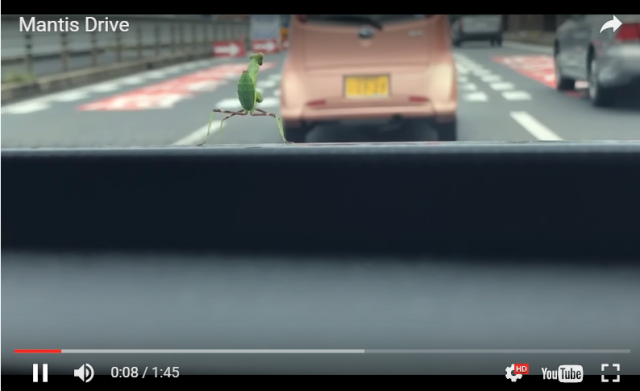

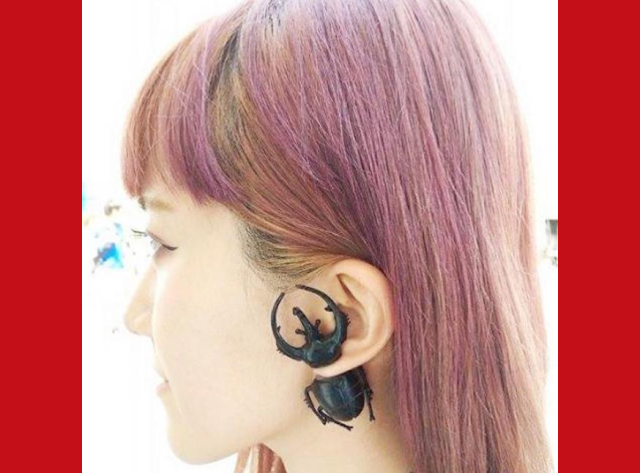
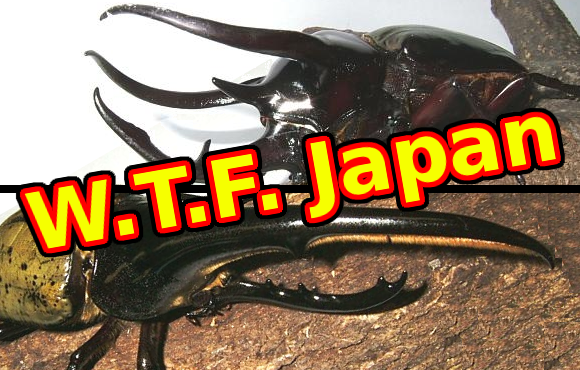
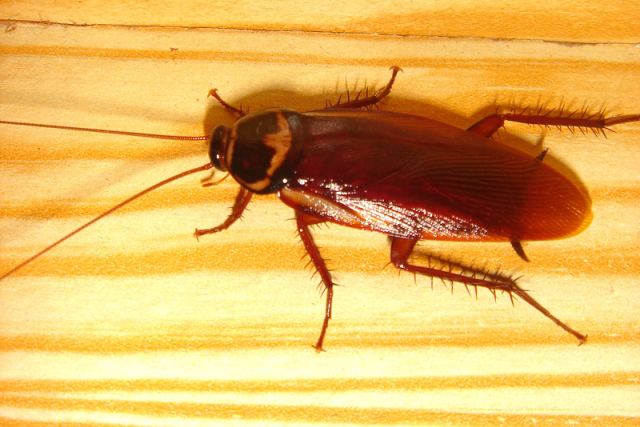
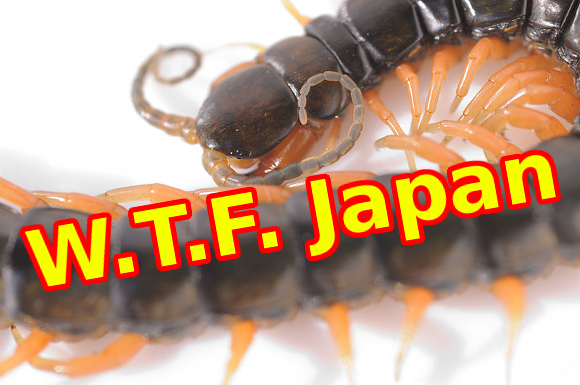
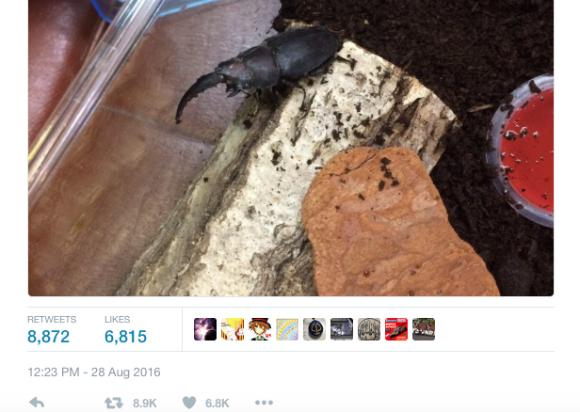
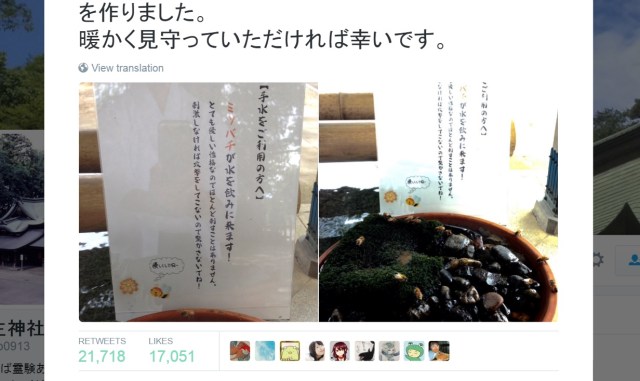
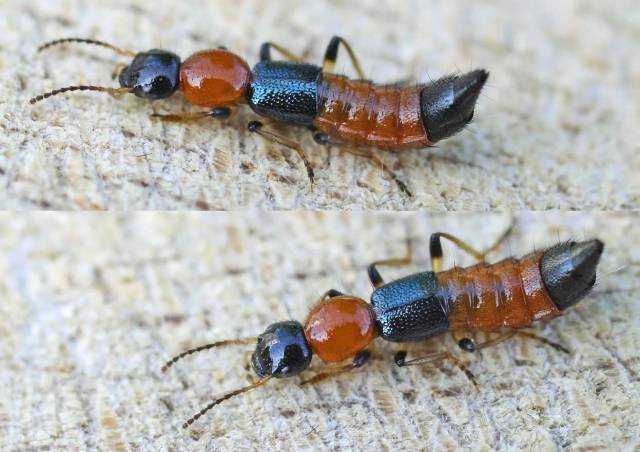
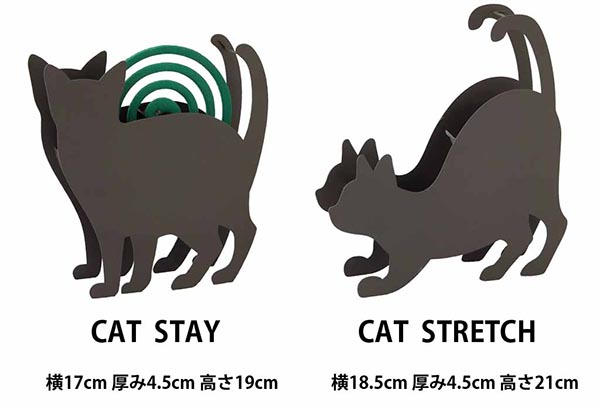
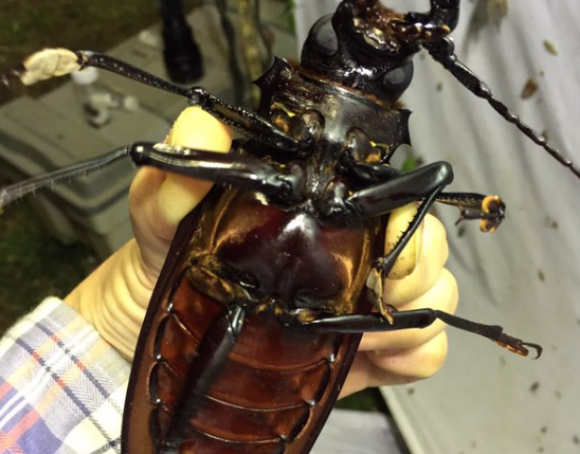
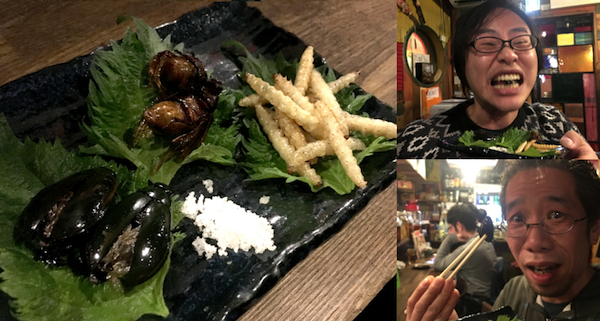

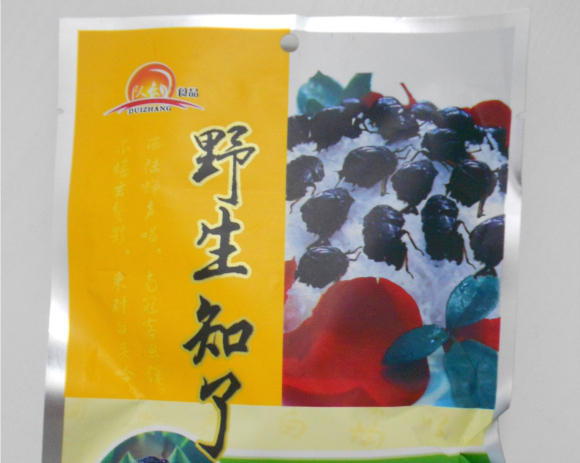
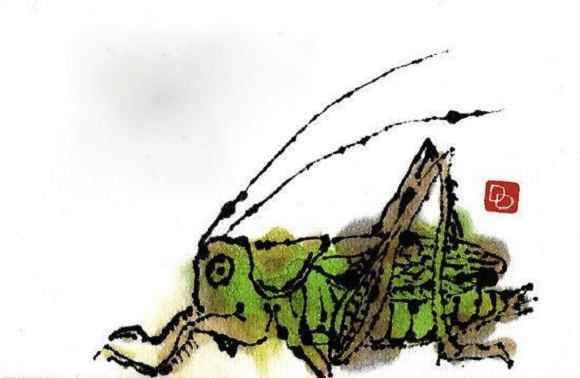
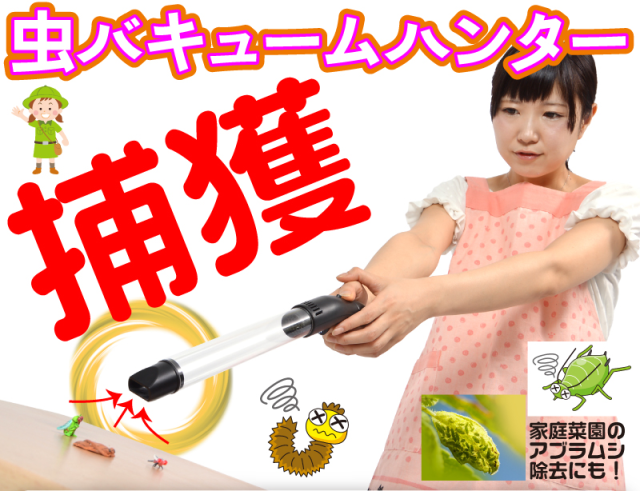
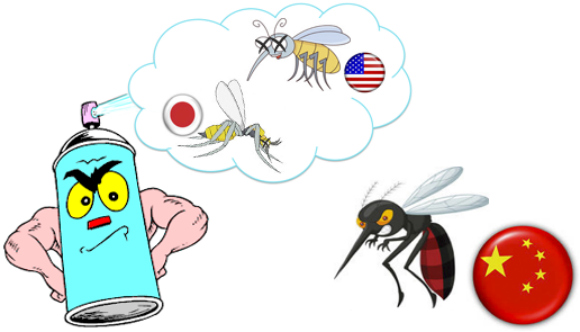
 Disillusionment at Tsukiji’s tourist-target prices led us to a great ramen restaurant in Tokyo
Disillusionment at Tsukiji’s tourist-target prices led us to a great ramen restaurant in Tokyo Japan may add Japanese language proficiency, lifestyle classes to permanent foreign resident requirements
Japan may add Japanese language proficiency, lifestyle classes to permanent foreign resident requirements 7-Eleven Japan starts new temporary luggage storage service in over 300 branches
7-Eleven Japan starts new temporary luggage storage service in over 300 branches Japan now has potato chip-covered chocolate, and it’s amazing!【Taste test】
Japan now has potato chip-covered chocolate, and it’s amazing!【Taste test】 More Than a Capsule Stay: Why Solo Travelers Choose “global cabin Yokohama Chinatown”
More Than a Capsule Stay: Why Solo Travelers Choose “global cabin Yokohama Chinatown” Japanese public toilet in Tokyo has windows that change colour when you use it
Japanese public toilet in Tokyo has windows that change colour when you use it Big Mac sauce now comes in a jar from McDonald’s Japan
Big Mac sauce now comes in a jar from McDonald’s Japan Our reporter tries amemonaka, the traditional sweet from Niigata Prefecture
Our reporter tries amemonaka, the traditional sweet from Niigata Prefecture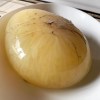 You COULD eat a terrifying octopus egg in Japan, but SHOULD you? Let’s find out!【Taste test】
You COULD eat a terrifying octopus egg in Japan, but SHOULD you? Let’s find out!【Taste test】 A Japanese dating app matched our bachelorette with a Buddhist monk, and she learned some things
A Japanese dating app matched our bachelorette with a Buddhist monk, and she learned some things Starbucks teams up with 166-year-old Kyoto doll maker for Year of the Horse decorations【Photos】
Starbucks teams up with 166-year-old Kyoto doll maker for Year of the Horse decorations【Photos】 Tokyo’s Tsukiji sushi neighborhood asks tour groups to stay away for the rest of the month
Tokyo’s Tsukiji sushi neighborhood asks tour groups to stay away for the rest of the month Street Fighter Hadouken Churros to be launched and eaten in Tokyo, Okami pudding on offer too
Street Fighter Hadouken Churros to be launched and eaten in Tokyo, Okami pudding on offer too Japanese woman mistaken for bear
Japanese woman mistaken for bear Return of Totoro sequel short anime announced for Ghibli Park
Return of Totoro sequel short anime announced for Ghibli Park Starbucks Japan releases new zodiac chilled cup drink for 2026
Starbucks Japan releases new zodiac chilled cup drink for 2026 Is this the most relaxing Starbucks in Japan?
Is this the most relaxing Starbucks in Japan? Starbucks on a Shinkansen bullet train platform: 6 tips for using the automated store in Japan
Starbucks on a Shinkansen bullet train platform: 6 tips for using the automated store in Japan Japan’s human washing machines will go on sale to general public, demos to be held in Tokyo
Japan’s human washing machines will go on sale to general public, demos to be held in Tokyo Japanese train company is letting fans buy its actual ticket gates for their homes
Japanese train company is letting fans buy its actual ticket gates for their homes Is China’s don’t-go-to-Japan warning affecting tourist crowds in Tokyo’s Asakusa neighborhood?
Is China’s don’t-go-to-Japan warning affecting tourist crowds in Tokyo’s Asakusa neighborhood? Starbucks Japan unveils new Christmas goods and a rhinestone tumbler that costs 19,500 yen
Starbucks Japan unveils new Christmas goods and a rhinestone tumbler that costs 19,500 yen Tokyo considering law requiring more trash cans following litter increase in heavily touristed area
Tokyo considering law requiring more trash cans following litter increase in heavily touristed area Nintendo’s Kirby now delivering orders at Kura Sushi restaurants, but not in Japan
Nintendo’s Kirby now delivering orders at Kura Sushi restaurants, but not in Japan Tokyo event lets you travel back in time, for free, to celebrate 100 years since Showa era start
Tokyo event lets you travel back in time, for free, to celebrate 100 years since Showa era start Survey asks foreign tourists what bothered them in Japan, more than half gave same answer
Survey asks foreign tourists what bothered them in Japan, more than half gave same answer Japan’s deadliest food claims more victims, but why do people keep eating it for New Year’s?
Japan’s deadliest food claims more victims, but why do people keep eating it for New Year’s? We deeply regret going into this tunnel on our walk in the mountains of Japan
We deeply regret going into this tunnel on our walk in the mountains of Japan Studio Ghibli releases Kodama forest spirits from Princess Mononoke to light up your home
Studio Ghibli releases Kodama forest spirits from Princess Mononoke to light up your home Major Japanese hotel chain says reservations via overseas booking sites may not be valid
Major Japanese hotel chain says reservations via overseas booking sites may not be valid Put sesame oil in your coffee? Japanese maker says it’s the best way to start your day【Taste test】
Put sesame oil in your coffee? Japanese maker says it’s the best way to start your day【Taste test】 The top 10 annoying foreign tourist behaviors on trains, as chosen by Japanese people【Survey】
The top 10 annoying foreign tourist behaviors on trains, as chosen by Japanese people【Survey】 No more using real katana for tourism activities, Japan’s National Police Agency says
No more using real katana for tourism activities, Japan’s National Police Agency says Starbucks Japan reveals new sakura drinkware collection, inspired by evening cherry blossoms
Starbucks Japan reveals new sakura drinkware collection, inspired by evening cherry blossoms Japanese public toilet in Tokyo has windows that change colour when you use it
Japanese public toilet in Tokyo has windows that change colour when you use it Big Mac sauce now comes in a jar from McDonald’s Japan
Big Mac sauce now comes in a jar from McDonald’s Japan Our reporter tries amemonaka, the traditional sweet from Niigata Prefecture
Our reporter tries amemonaka, the traditional sweet from Niigata Prefecture You COULD eat a terrifying octopus egg in Japan, but SHOULD you? Let’s find out!【Taste test】
You COULD eat a terrifying octopus egg in Japan, but SHOULD you? Let’s find out!【Taste test】 A Japanese dating app matched our bachelorette with a Buddhist monk, and she learned some things
A Japanese dating app matched our bachelorette with a Buddhist monk, and she learned some things Tokyo family serves totally non-traditional super old-school katsudon at century-old restaurant
Tokyo family serves totally non-traditional super old-school katsudon at century-old restaurant Starbucks Japan releases new zodiac chilled cup drink for 2026
Starbucks Japan releases new zodiac chilled cup drink for 2026 Princesses, fruits, and blacksmiths: Study reveals the 30 most unusual family names in Japan
Princesses, fruits, and blacksmiths: Study reveals the 30 most unusual family names in Japan Fukuoka woman arrested for drunk bicycle riding
Fukuoka woman arrested for drunk bicycle riding How to respond to Japanese people saying “I don’t speak English” when you’re speaking Japanese?
How to respond to Japanese people saying “I don’t speak English” when you’re speaking Japanese? How much Japanese convenience store chicken can you eat before you feel ill?
How much Japanese convenience store chicken can you eat before you feel ill? Pocky recall issued in Japan after customers notice off-the-mark taste caused by unintended smells
Pocky recall issued in Japan after customers notice off-the-mark taste caused by unintended smells AR sport Hado added to Shizuoka high school curriculum
AR sport Hado added to Shizuoka high school curriculum Japan’s Hiepita forehead cooling strips, so popular they changed the language, are disappearing
Japan’s Hiepita forehead cooling strips, so popular they changed the language, are disappearing